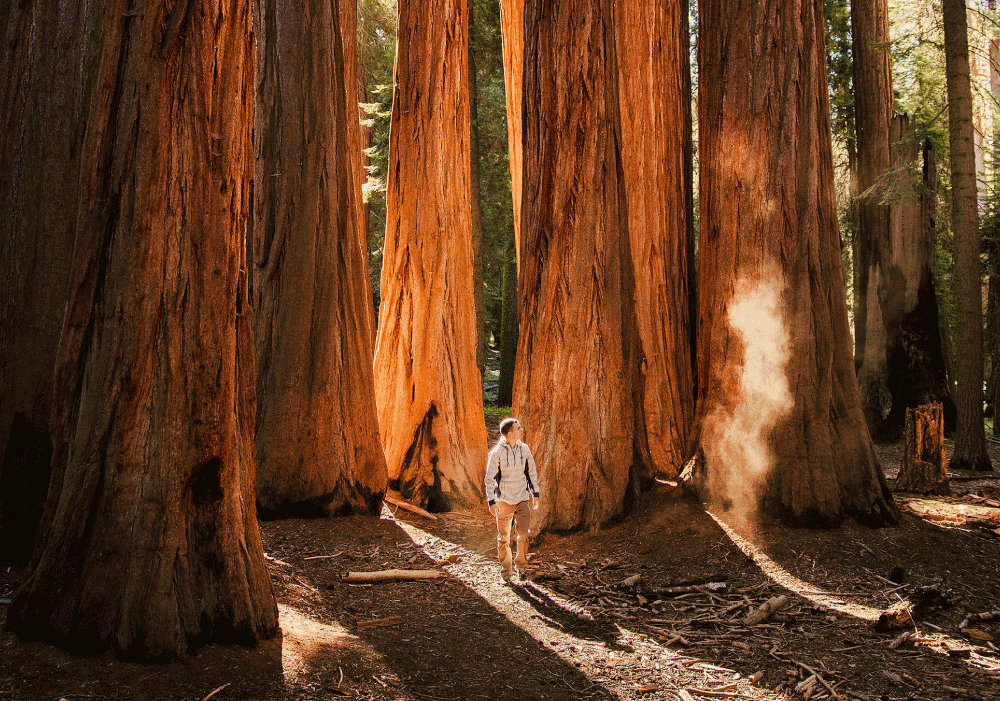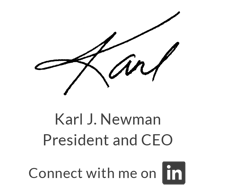Wildfire: How All of Us Can Make a Difference Right Now
Welcome to our CEO Perspective from WSRB and BuildingMetrix. Read on to explore why wildfire has become so much more destructive to property and how we, as insurance professionals, can work together to reduce the risk of damage and make our communities safer.
“No powerful light streams through, but you stand in the quiet and somewhat somber aisles of a forest cathedral…”
– Henry David Thoreau
During my grade-school years, my brothers and I spent many summer afternoons running along trails winding through the mature second-growth forests near our home northeast of Seattle. Back then, large swaths of undeveloped woodland still stood in patchwork sections east of Lake Washington.
We usually stuck to the trails because we would have needed a chainsaw or machete to get through the tangled off-path undergrowth, and our mom wisely made sure we had zero access to either one of those devices.
Later, in high school literature class, I wondered what on earth Henry David Thoreau meant when he wrote about “forest cathedrals” in his essays. I could understand a jungle analogy, but not a cathedral.
Years later, I finally understood Thoreau’s imagery when I traveled to Muir Woods National Monument just north of San Francisco. Muir Woods features a 240-acre stand of coastal redwoods, many of which are more than 1,000 years old and 200 feet tall.

As I walked through that towering forest, I saw burn marks slashed across the trunks of many of the giant trees and read interpretive signs explaining the burns came from wildfires. The bark of these massive trees is up to a foot thick and has protected them from the fast-moving fires that historically burned through the underbrush.
I could travel in any direction, and I could see the forest floor stretching away into the distance, free of the thick undergrowth I see in most forests today. I really was walking through the quiet aisles of a forest cathedral.
During my grade-school trail-running years, I also fell in love with Smokey Bear, both the little black bear rescued from a New Mexico wildfire and the cartoon version of him, with his forest ranger hat and famous saying “Only YOU can prevent forest fires.” Like many of us across America, I took that message to heart, and our combined efforts made a big difference. For a while.
Fast forward to today and many of us, especially in the insurance business, are wondering, “What’s going on? Why are so many more buildings burning each year during wildfire season? What can we do to stop it?”
Changing forests, changing wildfire seasons
Over the past 100 years, our forests have changed. No longer do wildfires burn through the underbrush in forest cathedrals. Decades of well-intended fire suppression has resulted in heavy accumulation of ladder fuels that, when ignited, can cause devastating crown fires. The largest trees, once able to resist damage like the Redwoods at Muir Woods, are now more likely to ignite. Fires burn not only along the forest floor but also now rage across the tops of the largest trees.
The climate is changing too. While honest debate continues about the cause of the current changes, there is no doubt that a warmer, drier climate allows wildfire to spread more rapidly.
Then we have development. Wildfire-prone areas are becoming much like the rapidly growing Florida coast, where structures are built directly in the path of hurricanes. Across the nation, we are building homes and businesses directly in the path of wildfires.
It’s nearly April, well past what we once would have considered the end of wildfire season. Yet, as of this writing, there are 11 large wildfires still burning across the U.S., consuming more than 16,000 acres so far.
Some may be surprised that, while today’s wildfires are record-breaking in terms of structural property damage, they are not record-breaking in terms of acres burned. To quote our recent blog on the topic, “Last year, more than 10 million acres burned in wildfires. Though these numbers are large, they are not unprecedented. Between 1926 and 1943, more than 20 million total acres burned annually in wildfires throughout the U.S., and between 1944 and 1950, more than 10 million wildfire acres burned per year in the U.S.” This data comes from research published in the book "World Fire: The Culture of Fire on Earth" by Stephen J. Pyne. Pyne, emeritus professor at Arizona State University, has dedicated his career to studying fire and its role in ecosystems and received a Macarthur Fellowship, often referred to as a “genius grant.”
Wildfire is not new and is not going away any time soon. For thousands of years, indigenous people in the American West lived with wildfires that burned large swaths of wildland. They used intentional burning to control the spread of wildfire as far back as the 1100s.
Wildfire will continue to put lives and property at risk in the future. So what can we do about it, in our states and communities, right now?
How we can make a positive difference
I believe we can focus our efforts on four areas to make a practical, immediate difference.
Forestland Mitigation
Federal and state forest services have identified many areas that need prescribed fire, also called controlled burns, to clear out ladder fuels. These efforts need more funding.
Much of the money available each year for wildfire management goes to addressing the important, immediate need of putting out fires threatening lives and property. However, if we also support dedicated funding for forestland mitigation, at both the state and federal level, we can help address one of the underlying causes of highly destructive wildfires. In the long run, we’ll help reduce damage caused by severe wildfires and, potentially, the associated costs.
Hardened Homes and Businesses
Wildfire-resistant building materials and defensible space make a huge difference in what burns and what doesn’t when a wildfire races through an area. We can educate our customers and provide them with resources to prepare and protect their families, homes, employees and businesses. Many insurance companies, brokers and agents already do this. Every company and its customers in wildfire-prone areas will benefit from joining the cause.
We can leverage the work of organizations, including the Insurance Institute for Business and Home Safety and the National Fire Protection Association, which provide easy-to-understand educational resources for consumers and business owners. Our blog posts on how homeowners can protect their properties and common wildfire myths are also useful resources you can easily share with customers. You'll find all our wildfire-related blog content here.
Building Codes and Zoning
Building codes that require construction with wildfire-resistant materials proved effective at reducing property damage in the 2018 Camp Fire, one of the most destructive wildfires in recent history. When we as insurance professionals support these codes, we can make a difference. In addition, we can support zoning that requires and funds robust fire services that grow their capacity as the community grows and zoning that prohibits building in areas that cannot be adequately protected.
Along with these efforts, we must continue to clearly communicate that insuring buildings in unprotected areas may not be an option. Charging the right premium for the risk is a foundational principle of insurance. Our industry is wise to resist efforts to require carriers to insure the uninsurable or to charge a rate that is not commensurate with the risk. When it is possible to insure in wildfire zones, the cost to insure these properties is significantly higher, and I believe that cost should not be subsidized by customers who have chosen to live in lower risk areas.
Better Underwriting Tools
Innovations in technology, including satellite imagery, risk modeling and new mapping tools can give underwriters insights that were not available until recently. Using these tools will continue to help underwriters and rate makers reach more-informed decisions on eligibility, overall risk and appropriate rates.
If you are looking to gain insight into the wildfire risk present in your book of business, try our wildfire evaluation tool, which is proving valuable to agents and underwriters. You can look up properties in Washington state on WSRB and access data on properties in other states through our sister company BuildingMetrix. Contact us to learn more, including how you can get data for your entire book of business.
At times, natural disasters like wildfire can seem overwhelming and unstoppable. The good news is there is lot we can do to reduce future wildfires and the damage they cause, both for our companies and our customers. Together, we can make a positive difference at the federal, state and local level by using advanced tools for underwriting, encouraging separate funding for forestland mitigation, educating our customers about how to protect their homes and businesses and by supporting common-sense building codes and zoning.
Along the way, I’m hoping we can bring back the forest cathedrals so future generations across the country can enjoy our forests while living safely in our communities.
Thank you for reading. I look forward to sharing future CEO Perspectives when WSRB and BuildingMetrix can make a timely, valuable contribution to the conversation about an important insurance-related topic.



